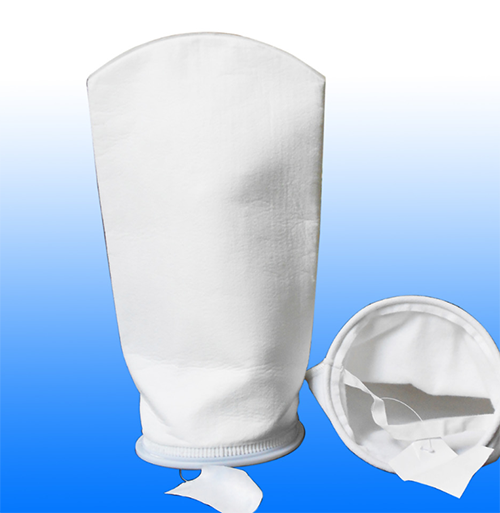By now you probably know how convenient it is to use liquid filtration medium. Once the filter is fixed it starts to work right away and that is something that you can take for granted. However, some things can go wrong if you forget to use a filter bag. A clogged filter, on the other hand, can also cause problems such as slowed production process and even damaging the equipment. Besides the above factors understanding the right time required to change a liquid filter bag is one of the most important considerations to be made besides searching for filter fabric specifications,
How Much Longer Can a Filter Bag Last?
The time required for changing the filter depends on several factors and you must know about these when searching for filter fabric specifications. The first crucial factor is the type of filter bag you are using. Another important factor is the size of microns. Varying sizes of the micron lead to varying results and available materials. The type of work also affects how long it takes to change the liquid filter bag. Other essential factors to be considered include:
- The size of particles
- Flow rate
Many people seek the answer to how long each filter bag lasts mainly because of the convenience. It would be much easier to know that you can change your filter bags every two or three weeks but such an answer is not ideal in an industry that has several variables that should be considered. While it may not be easy to know the exact time required between change-outs it shouldn’t be that difficult either.
Essential Metrics to be Considered When Changing the Filter
If it is your first time working with a piece of filtration equipment you are likely to use time as a metric of changing the filter. However, for most experienced people in the industry pressure is one of the most important metrics that is considered. When the liquid is passed through the filter the pressure decreases. The difference between the inward and outward pressure is referred to as differential pressure or pressure drop. If the pressure drop is high, it may be difficult to pass the liquid through the filter. If the differential pressure is low, on the other hand, then the quality of the liquid being filtered may be compromised. You are also likely to affect the structural integrity of the filtration material you are using.
The basic differential pressure that is required by many companies ranges between 20-25 psi. However, this is only the rule of thumb but may vary depending on other factors as mentioned above. Before making any assumptions on your own, you must check the specification details and important notes from the manufacturer before using the filter bag. This is important because different liquid filter bags have varying pressure limits and flow rates.
Determining the Differential Pressure
The pressure drop should be measured reliably because it is a significant factor. This can be done by using two pressure gauges. One pressure gauge is installed before the filter and another one is installed after the filter. This is the most accurate way of tracking the differential pressure. Some companies prefer to use analog readouts while others recommend the digital one. However, the type of readouts you use depends on whether you have unlimited access to sources of power at the time of the process. Each method of readouts has its pros and cons, for instance, many people prefer to use digital gauges due to accurate readings but dealing with the extension cords and cables may be tiresome.
The Difference Between Cartridge Filters and Liquid Filter Bags
It is important to understand the difference between cartridge filters and liquid filter bags because both have major differences and similarities that may affect the quality of your output.
Cartridge Filters
These are modular filters that are used to remove particles from different liquids. The type of material used depends on many factors but a screen or pleated fabric is the most common type of material used. Cartridge filters can either be surface or depth. When surface cartridge filters are used, they retain the debris on the surface of the filtration media. Depth cartridge filters, on the other hand, use a multi-layered tool that captures the debris from the filtered material. Cartridge filters are versatile and the bigger the size of the micron the faster the flow rate and capacity.
Liquid Filter Bags
Liquid filter bags have varying capacity and flow rate depending on the manufacturer. It is therefore important that you consider all the goals that you would like to accomplish using the filter bag before settling on a specific one. When it comes to the filtration process liquid filter bags are cheaper compared to cartridge filters. However, they can be the best option for industries that don’t dwell much on the cost of the self-cleaning equipment. They can also be used in many industries such as food and beverage companies, mining and chemical production. Another major difference between cartridge filters and bag filters is that bag filters have a smaller surface area compared to cartridge filters.














